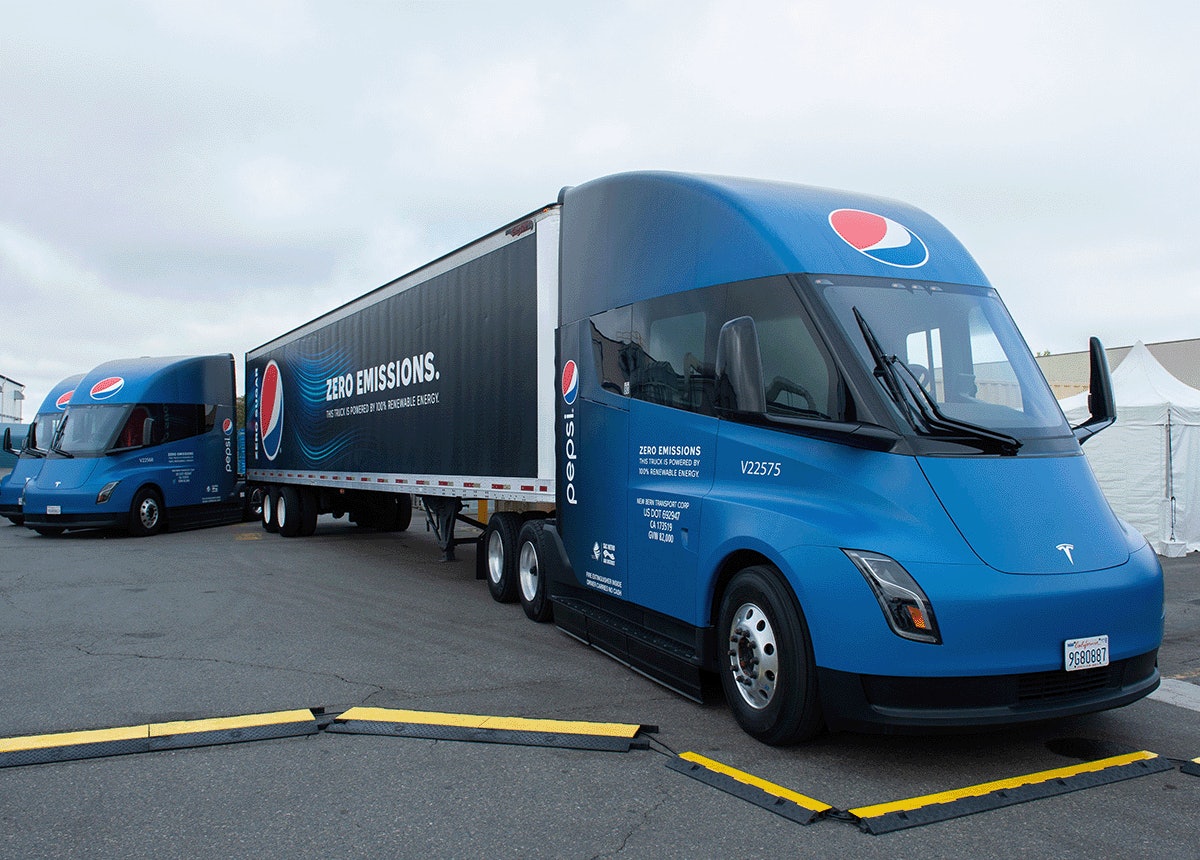Interesting comment on hi California electric prices. I believe that Diesel is also around $7/gallon in some areas currently.
Putting away my range calculator, the most important take away is that these electric trucks are doing real work for real companies, and being driven by real people. Feel that this is more of a proof of concept than worrying it actual range vs predicted range, taking into consideration that much higher speeds are being exhibited.
The trucks are delivering real products, being charged up by real charging systems.
Will be interesting to get some feedback from the drivers as how driving an electric truck compares to a traditional diesel.
Trying to parse each data point, at this early stage, is a fun exercise, but stepping back it is remarkable to see that these trucks have found a place in the market.
Putting away my range calculator, the most important take away is that these electric trucks are doing real work for real companies, and being driven by real people. Feel that this is more of a proof of concept than worrying it actual range vs predicted range, taking into consideration that much higher speeds are being exhibited.
The trucks are delivering real products, being charged up by real charging systems.
Will be interesting to get some feedback from the drivers as how driving an electric truck compares to a traditional diesel.
Trying to parse each data point, at this early stage, is a fun exercise, but stepping back it is remarkable to see that these trucks have found a place in the market.




